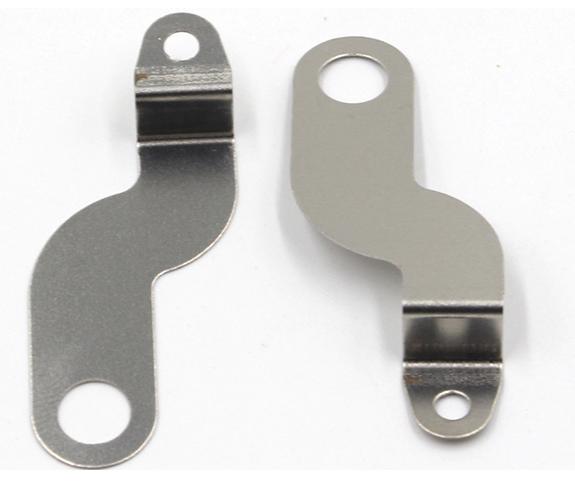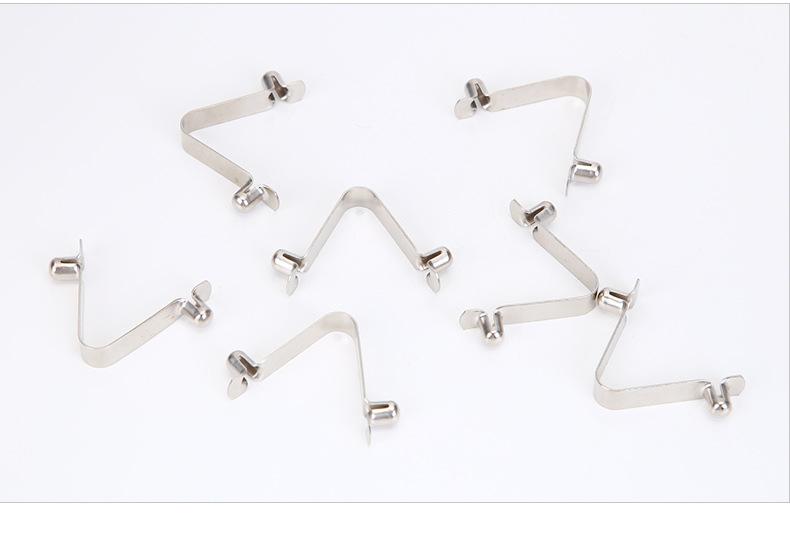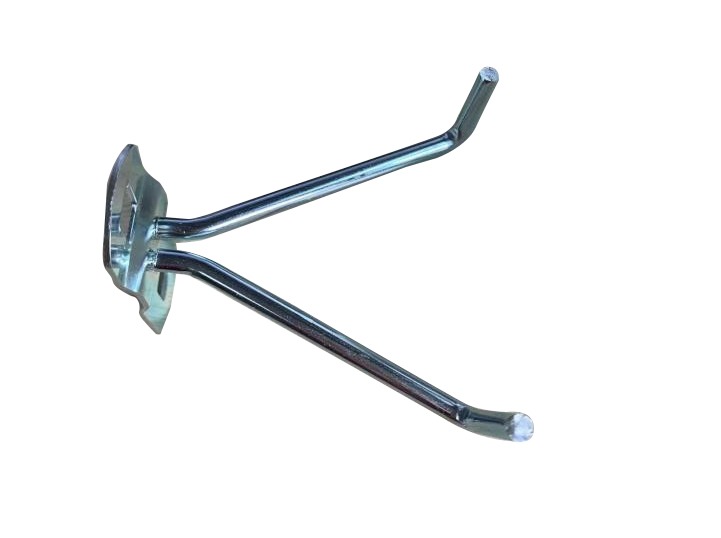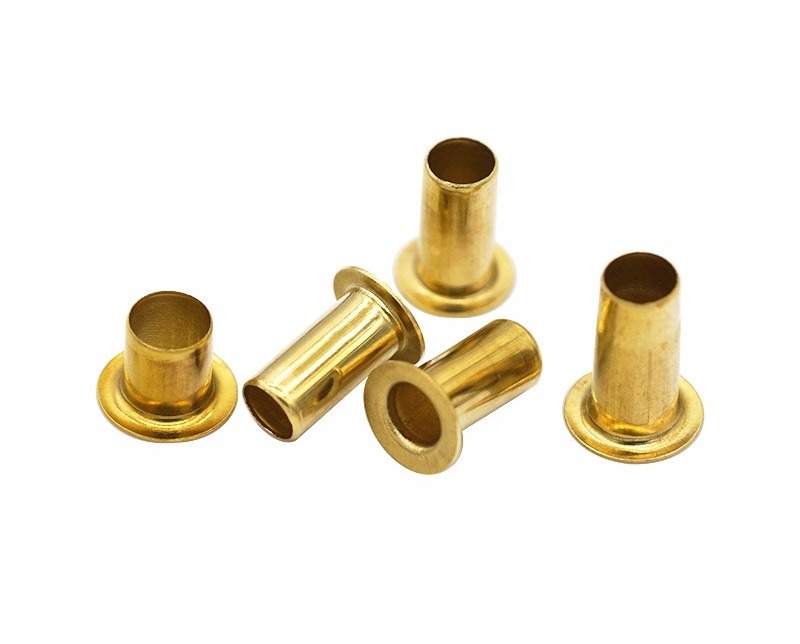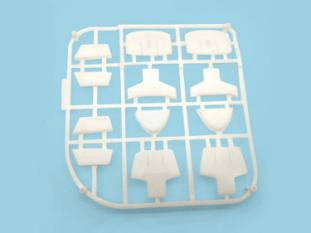Rubber Injection Molding, Plastic Injection Molding, and Injection Molding: A Comprehensive Introduction of Three Manufacturing Processes
Rubber injection molding, plastic injection molding, and injection molding are all important manufacturing processes that are used to create a variety of products. Each process has its own advantages and disadvantages, but they all offer a number of benefits that can make them a good choice for different applications.
In the following sections, we will discuss the benefits of each process in more detail. We will also provide some examples of the types of products that can be made using each process.
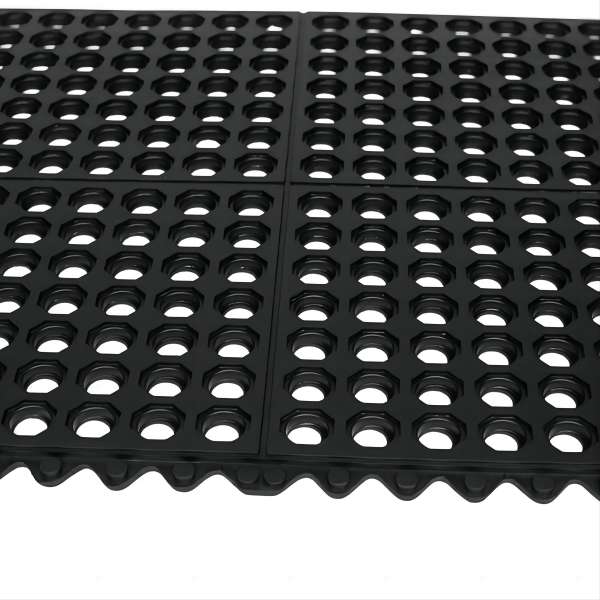
Rubber Injection Molding
Rubber injection molding is a production method in which rubber is injected directly from the barrel into the model for vulcanization. The advantages of rubber injection molding are:
- Short molding cycle: The molding cycle for rubber injection molding is typically much shorter than other rubber molding processes, such as compression molding. This means that rubber injection molding can be used to produce high volumes of parts in a short amount of time.
- High production efficiency: Rubber injection molding is a highly efficient production process. The use of automated machines and the short molding cycle help to keep production costs low.
- Cancels the blank preparation process: Rubber injection molding eliminates the need for the blank preparation process, which can be a time-consuming and labor-intensive step in other rubber molding processes.
- Small labor intensity: Rubber injection molding is a relatively low-labor process. Once the mold is made, the actual production of the parts can be automated, which reduces the need for manual labor.
- Excellent product quality: Rubber injection molding produces parts with excellent dimensional accuracy and surface finish. This is due to the fact that the rubber is injected directly into the mold, which ensures that the parts are properly formed.
Applications of Rubber Injection Molding
Rubber injection molding is used to produce a wide variety of rubber parts, including:
- Automotive parts: Rubber injection molding is used to produce a wide variety of automotive parts, including seals, gaskets, bumpers, and vibration mounts. These parts are essential for the performance and safety of vehicles, and they must be able to withstand a wide range of conditions, including extreme temperatures, chemicals, and wear and tear.
- Electrical components: Rubber injection molding is used to produce a variety of electrical components, including connectors, switches, and housings. These parts must be able to conduct electricity safely and reliably, and they must also be able to withstand vibration and other harsh environmental conditions.
- Medical devices: Rubber injection molding is used to produce a variety of medical devices, including tubing, valves, and implants. These parts must be biocompatible and meet strict safety standards, and they must also be able to withstand the rigors of medical use.
- Toys: Rubber injection molding is used to produce a variety of toys, including balls, dolls, and action figures. These parts must be durable and safe for children to play with, and they must also be able to withstand the rigors of playtime.
- Household goods: Rubber injection molding is used to produce a variety of household goods, including food storage containers, appliance parts, and furniture. These parts must be durable and functional, and they must also be able to withstand the rigors of everyday use.
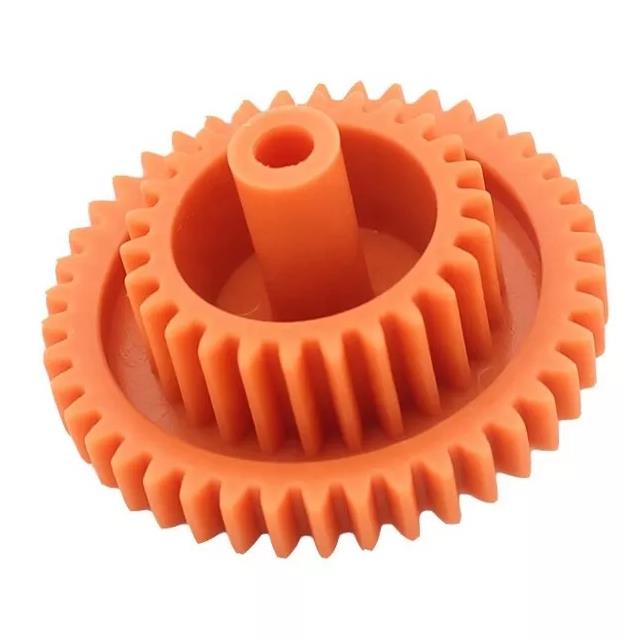
Plastic Injection Molding
Plastic injection molding is a method of manufacturing plastic products. The molten plastic is injected into the mold of the plastic product under pressure, and cooled and formed to obtain various plastic parts. There are mechanical injection molding machines specially designed for injection molding. The most commonly used plastics are polyethylene, polypropylene, ABS, PA, polystyrene, etc.
The advantages of plastic injection molding are:
- High production efficiency: Plastic injection molding is a highly efficient production process. The use of automated machines and the short molding cycle help to keep production costs low.
- Wide range of materials: Plastic injection molding can be used to mold a wide range of plastics, including both thermoplastics and thermosets. This gives manufacturers a great deal of flexibility in terms of the materials that they can use.
- Complex shapes possible: Plastic injection molding can be used to produce complex shapes that would be difficult or impossible to produce using other manufacturing processes.
Applications of Plastic Injection Molding
Plastic injection molding is used to produce a wide variety of plastic products, including:
- Packaging: Plastic injection molding is used to produce a wide variety of packaging, including bottles, jars, and trays. These parts must be able to protect the contents from damage, and they must also be able to be easily opened and closed.
- Consumer goods: Plastic injection molding is used to produce a variety of consumer goods, including toys, appliances, and furniture. These parts must be durable and functional, and they must also be able to appeal to consumers.
- Automotive parts: Plastic injection molding is used to produce a variety of automotive parts, including dashboards, bumpers, and trim. These parts must be durable and able to withstand the rigors of automotive use.
- Electrical components: Plastic injection molding is used to produce a variety of electrical components, including connectors, switches, and housings. These parts must be able to conduct electricity safely and reliably, and they must also be able to withstand vibration and other harsh environmental conditions.
- Medical devices: Plastic injection molding is used to produce a variety of medical devices, including tubing, valves, and implants. These parts must be biocompatible and meet strict safety standards, and they must also be able to withstand the rigors of medical use.

Injection Molding
Injection molding is a process that combines the forming and injection molding processes. In forming, a sheet of plastic is heated and then shaped into a mold. In injection molding, molten plastic is injected into a mold. Forming and injection molding combines the advantages of both processes, resulting in high production efficiency, complex shapes possible, and no additional processing required.
Applications of Injection Molding
Injection molding is used to produce a wide variety of plastic products, including:
- Automotive parts: Forming and injection molding is used to produce a variety of automotive parts, including dashboards, bumpers, and trim. These parts are complex and require high accuracy, and forming and injection molding is a good way to achieve these requirements.
- Electrical components: Forming and injection molding is used to produce a variety of electrical components, including connectors, switches, and housings. These parts are often complex and require high accuracy, and forming and injection molding is a good way to achieve these requirements.
- Medical devices: Forming and injection molding is used to produce a variety of medical devices, including tubing, valves, and implants. These parts are often complex and require high accuracy, and forming and injection molding is a good way to achieve these requirements.
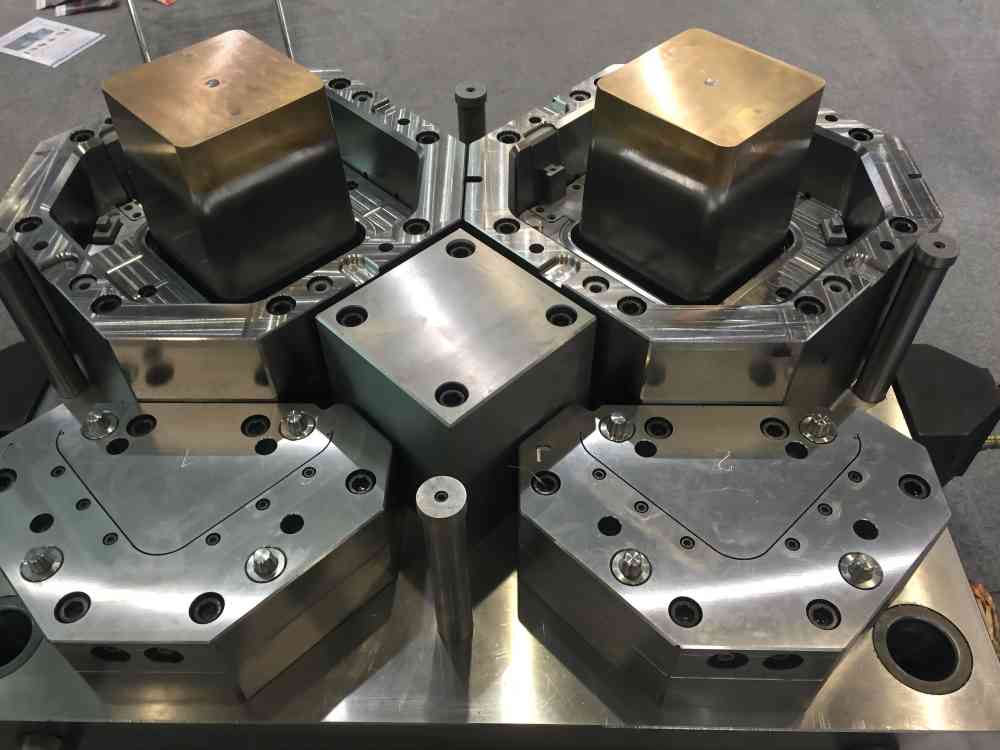
Conclusion
Rubber injection molding, plastic injection molding, and forming and injection molding are all important manufacturing processes. Each process has its own advantages and disadvantages, and the best process for a particular application will depend on the specific requirements.

